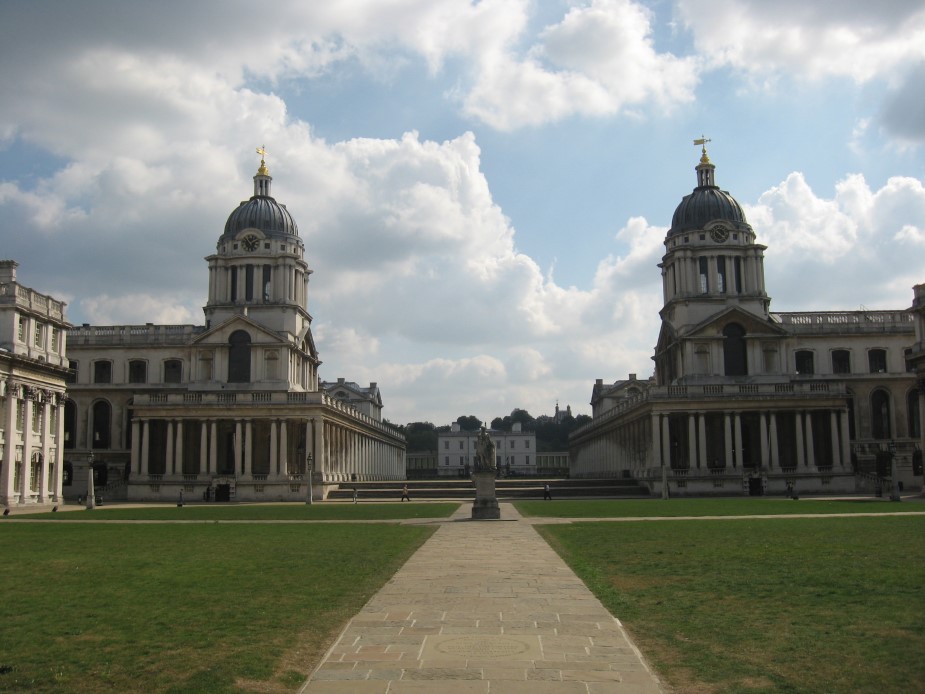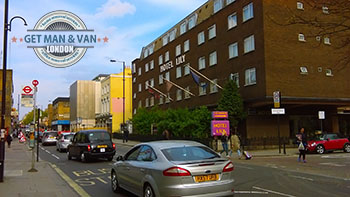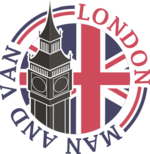
Which are the Royal Boroughs of London?
After the reorganization in the administrative divisions in England in 1965, three of the 32 boroughs in London received the designation of a royal borough. What does this mean?
 The status of a royal borough is given to an area on the territory of the country that is tightly related to the history of the British Monarchy in some way or another. It is not a surprise that the names of the royal boroughs of London coincide with the names of the most desirable places of residence in the capital as of today – a quick inquiry with man and van companies that operate on the territory of the city will prove that conclusively.
The status of a royal borough is given to an area on the territory of the country that is tightly related to the history of the British Monarchy in some way or another. It is not a surprise that the names of the royal boroughs of London coincide with the names of the most desirable places of residence in the capital as of today – a quick inquiry with man and van companies that operate on the territory of the city will prove that conclusively.
After all, it is only logical the kings and queens of Britain to have an affinity towards places that are beautiful and well kept, with richness of amenities, open green spaces and even spirit if you will that just makes them the better places to be. These royal boroughs of London are ideal for sightseeing, living, and they have beautifully preserved the majestic historical legacy of the United Kingdom’s Kings and Queens.
In the case of London, which are the royal boroughs and why they have be declared such?
- Greenwich is the most recent addition to the Royal club of the London boroughs. The charter that declared it such dates to 2012 and the purpose was to mark the Diamond Jubilee of Queen Elizabeth II. As you may very well remember the celebrations of the jubilee were a massive campaign, which was marked all over England and the Common Wealth Nations. Two are the reasons why namely Greenwich was bestowed the high honor – historically the place is tightly connected to the Royal Family for starters, and secondly, there is the UNESCO World Heritage Status that the borough has due to being home to the Prime Meridian.
- Kensington and Chelsea became a Royal borough the minute the Kensington and Chelsea districts were knitted together in 1965. The status was inherited from the former Royal Borough of Kensington which was made such in 1901. The reason was that no other but Queen Victoria was born in the beautiful Kensington Palace on 24 May 1819. Today the Royal Borough of Kensington and Chelsea remains an important hub of governance. It is home to a number of diplomatic missions, including the High Commissions of Zambia, Pakistan, Cyprus and Dominica. The embassies of Denmark, Green, Israel, The Netherlands, Peru, Thailand, and Ukraine, among others, are also on the territory of the borough. Other important institutions you can come across if you take a walk through the Royal Borough of Kensington and Chelsea include the celebrated Victoria & Albert Museum, The Royal Albert Hall, Imperial College and of course the Royal College of Art and the Royal College of Music.
- The last of the Royal Boroughs of London is Kingston Upon Thames. If there is a place in London that truly deserves the Royal status it should be namely Kingston. That is exactly what King George V told the major of Kensington in 1927, when the latter requested a royal charter. Kingston has been described as a royal town by some of the earliest kings of England. It was the coronation place of King Athelstan, and later to a number of other Anglo-Saxon kings. The coronation stone, which is reputed to be the exact place where those events took place, is one of the best known landmarks in the borough even today – it can be seen in the courtyard of the old town hall in Kingston upon Thames.
Today Kingston, Kensington and Chelsea and Greenwich are well known as being major residential, commercial and cultural centers in the capital, so the royal status definitely has been rightly ascribed to them.
About author
-

-
Jeremy Oliver
Previously serving as a logistics coordinator, Jeremy's comprehensive understanding of the industry gives him the ability to translate complex procedures into easy-to-understand blog posts. He has a particular knack for tackling the intricacies of London's removals scene, from the congested roadways to the unique challenges of navigating historic neighborhoods. As an authentic Londoner, Jeremy combines practical knowledge with his inherent love for the city, offering readers not only information on man with van removals but also local insights and valuable tips.


